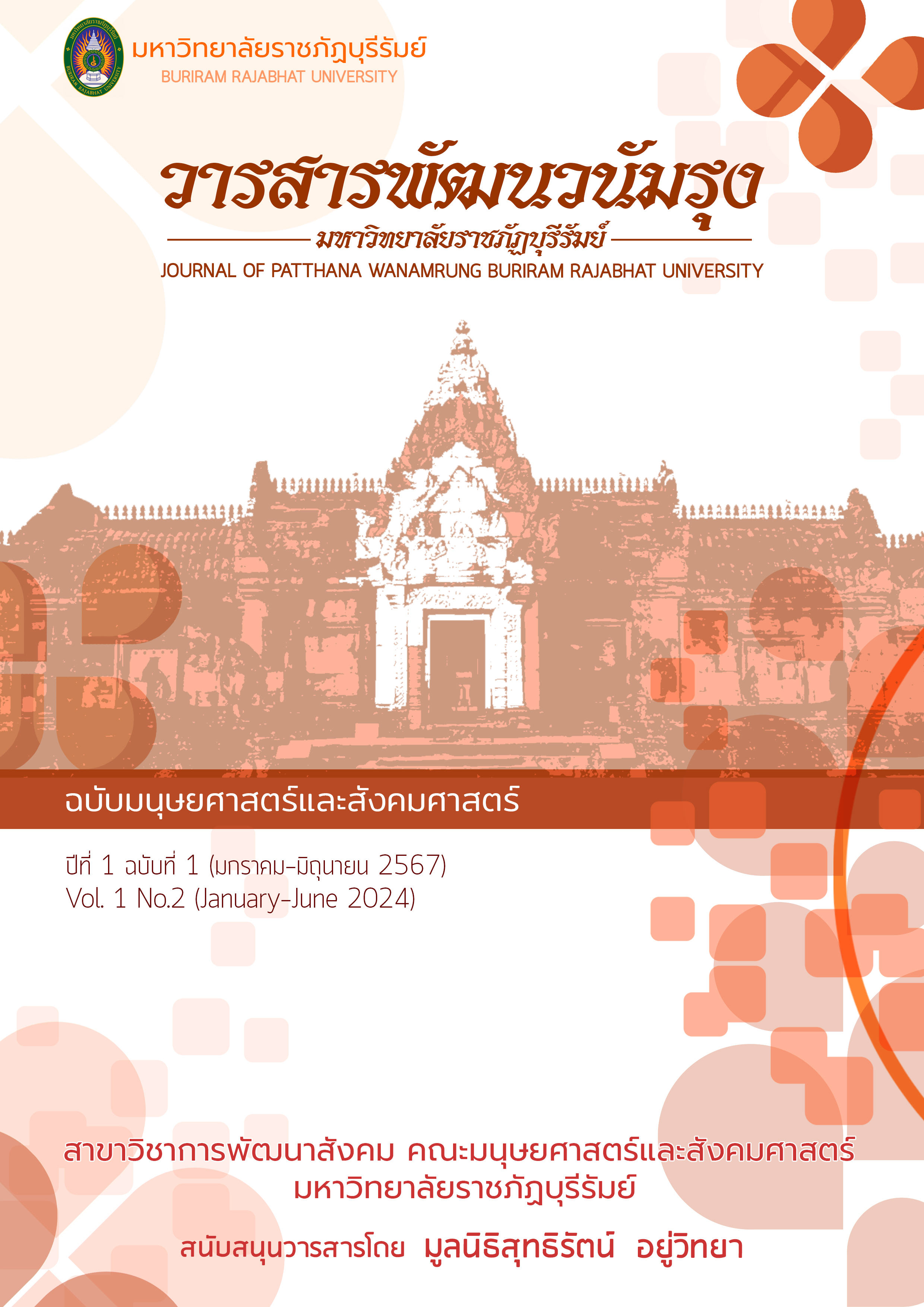This is an outdated version published on 06/30/2024. Read the most recent version.
Self-Creation for the LGBTQ+ group on public spaces and social media spaces
Main Article Content
Abstract
The purpose of this article is to study the construction of the identity of the LGBTQ+ group through public spaces and online social spaces, and to study attitudes and discourses in the construction of the identity of the LGBTQ+ group through public spaces and online social spaces. online social space Using qualitative research methods, data were collected from 15 informants belonging to the LGBTQ+ group. Data collection methods included content, searching from documents. Searched from documents related to LGBTQ+ and social spaces, both public and online social spaces. Interviews used a structured interview method. and in-depth interviews. The research results found that the identity formation of the LGBTQ group is created through two types of spaces: Public areas and online social areas in the public space, there are 3 aspects of creating identity for the alternative gender group: 1. the family aspect, 2. the social aspect, and 3. the thinking and ability aspect. As for the online social space, it is divided into 2 groups: groups that create their identities and reveal them both in public areas and online social areas. And the group that created the identity has not yet been revealed in any way. It shows that the creation of the identity of the alternative gender group itself comes from the conditions of society, family, ideas, and attitudes that affect the expression of identity both in public spaces and online social spaces of the alternative gender group in Thai society
Article Details
How to Cite
Lordko, U. (2024). Self-Creation for the LGBTQ+ group on public spaces and social media spaces. พัฒนวนัมรุง มหาวิทยาลัยราชภัฏบุรีรัมย์, 1(1). retrieved from https://so16.tci-thaijo.org/index.php/JPWBRU/article/view/456
Section
Articles

